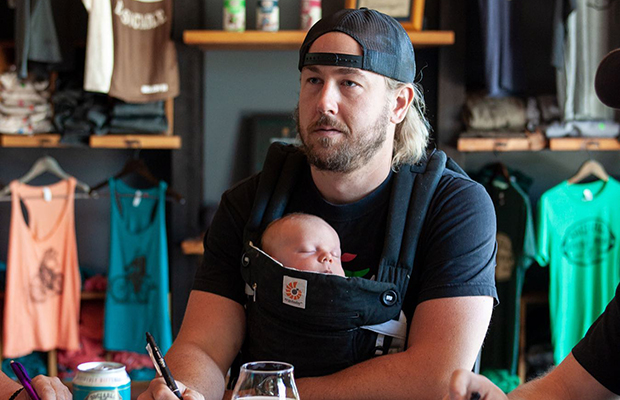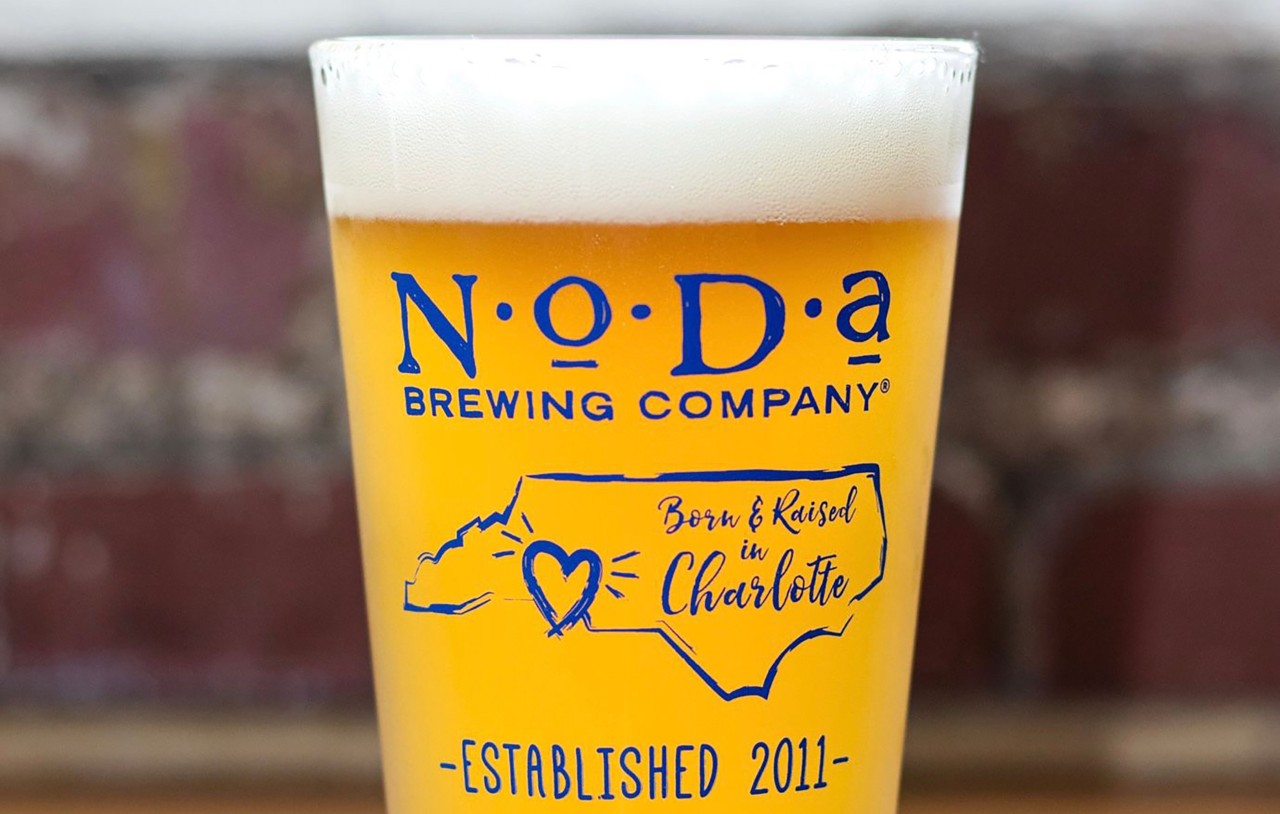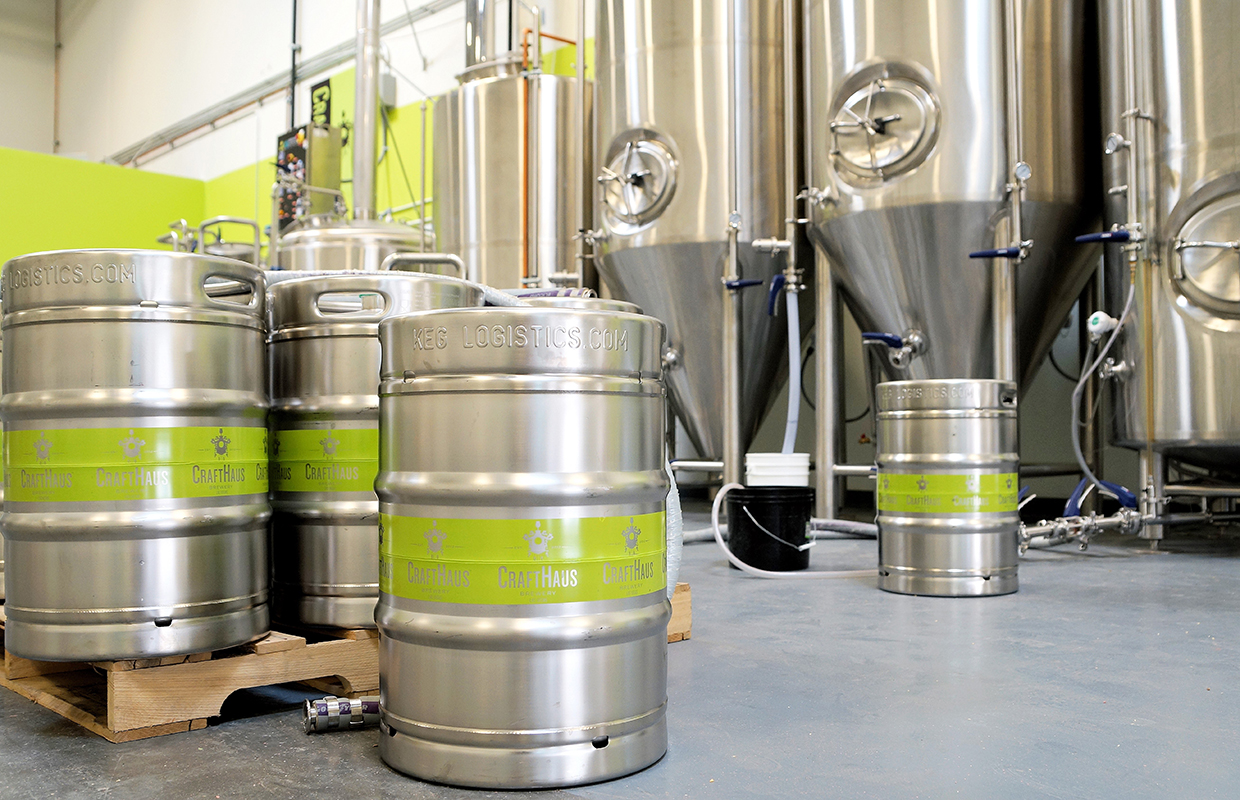
A lot has changed since opening its doors, but Duncan and Carmone Macfarlane are happy to have been through it all in starting The Phoenix Brewing Company 10 years ago in Mansfield, Ohio. The Macfarlanes emphasize to Brewer in a discussion before the brewery’s 10th anniversary celebration the importance of gradual growth, avoiding excessive debt, and taking calculated risks. They stressed the significance of community engagement and adaptability to market trends in maintaining a successful brewery.
BREWER: After 10 years, what were the things that you guys feel you did right from the start?
DUNCAN: Growing slowly and not taking up a lot of debt. But taking some risks, some loans to grow. There was a zero-interest loan that we bought a bunch of kegs and equipment, like a keg lift and a place to store the beer and we didn’t have the capital yet. We paid that off at zero interest, that was just something that allowed us to grow. We’ve been adding tanks through the years. We started with two in the basement, we added two and as we profited a little bit and had some cash flow, we were able to increase our production slowly over time. But no big giant leaps over the years.
CARMONE: Definitely not trying to grow too quickly. I think that’s important. Knowing what you want and what your end goal is. I think for us, it wasn’t trying to be the next Sam Adams or trying to be the next Great Lakes Brewing Company. It was trying to serve our community and the growth that we had from that was amazing, that symbiotic relationship between the community and our taproom.
BREWER: What has your brewery done over the years to improve your business going forward?
DUNCAN: Staying ahead on style changes, and not getting static. Keeping basic styles but also experimenting, keeping up with trends, at least somewhat, so that there’s something for everyone and you’re not still making just American Pale Ales or Hazies. We have a balanced beer list.
CARMONE: We have a curated tap list. We take our time to try to make sure that we have something that would appeal to a wide variety of people. There was a huge trend of you always had to have a niche market is what everybody said was needed. But our locale is a smaller area. We’re not in Columbus, we’re not in Cleveland. We are right in the middle and having something for everybody here was really important. In those areas where there are 50 breweries, you can have a niche market and pull in everybody who loves that. But in our town of around 50,000, if you don’t have all IPA lovers, not taking the time to try to find out what your community wants you to brew or what they really enjoy, isn’t going to help you. Early on, we had someone who sent us a message and said, “Hey, I was there, I came in, I really want to try your Toe Tag (Stout), but you had on all these light beers, and there was nothing heavy this summer.” That was our second summer that we were open. We mapped out a production schedule and we began trying to make sure that we had a wide variety out. We had a wide variety before, but scheduling them so that we were more cognizant of making sure we always had two high gravities and two malt-forward beers
DUNCAN: We’ve pretty much held on to our top six flagship beers since the beginning. Some customers come in and they know what they want, and it’s one of those six so we’ve had to keep those on. If we started today, they might be six different styles than they are, maybe.
READ MORE: The Logistics to Plan an Anniversary Beer Lineup
BREWER: What was a “swing and a miss” and what did you learn from it?
CARMONE: It involves forecasting with canning. The year after COVID, everybody got a canning line. We did our traditional size batches of cans, and we didn’t adjust for the fact that everybody else already had a canning line as well. So we did way more of our Christmas Ale than we probably should have that year. And everybody that had a canning line put their Christmas Ale in cans and it just felt like when you went to the grocery store or a convenience store — where the years before your Christmas Ale had been on the shelf, there might have been like, four others, suddenly, it was like 24 other Christmas Ales on the shelf. We adjusted for that. We were still selling the volume that we normally would sell, but it was a canning forecasting issue. We adjusted with that by trying to watch the market a little a little heavier. We also used different software. We work with Beer30 to help forecast and manage batch sizes and collect data. And that’s been very important, because, we can pull that info much easier than pulling out all these brew sheets and batch logs to see how long was it on.
DUNCAN: Based on that, we’ll try to figure out what size batch then goes to draft and what goes to cans. We try not to hang on to it for more than three to four months.
CARMONE: This year we had four Christmas beers canned and I don’t think we had any of that left over at all. All of those holiday beers were sold out before Christmas or right after Christmas. And that was nice.
DUNCAN: We took a lot of baby steps, so we didn’t have a lot of swings.
BREWER: But you learn from it.
DUNCAN: It’s a lot of what we do, we try to go to conferences, we try to go to seminars, and we’ve been to the Craft Brewers Conference once. But we’ve done sensory classes and I talk to peers at these events or at beer fests. I like to hear about things that they’re doing technique-wise. Now, you’re going to do your own thing, I don’t try to take a lot of information from other brewers, but certain things I will incorporate or try to do.






Be the first to comment